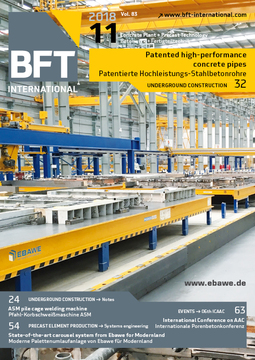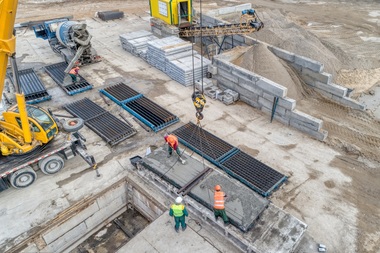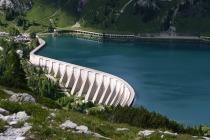New books on concrete durability
Whittles Publishing has issued two new books on concrete durability: The International Conference on the Durability of Concrete Structures (ICDCS) series brings together leading experts in the field of concrete durability from around the world. The aim is to present and discuss recent progress and latest developments in materials technology, assessment of performance both in laboratories and on site, serviced life concepts and reuse and recycling of construction materials and products to enable concrete construction to be durable and sustainable. The conference at the University of Leeds is the sixth in the ICDCS series. The book comprises 110 papers covering seven key themes, preceded by plenary and keynote contributions. This volume will be a valuable tool for practicing engineers, designers, contractors, researchers and advanced students in civil and structural engineering, and concrete technology. Scientists and engineers in the associated disciplines of materials science and engineering, materials chemistry and construction will find much of interest.
The second publication “Concrete in Extreme Environments” is edited by Professor John Bull, Head of Civil Engineering Northumbria University and Dr. Xiangming Zhou, Reader in Civil Engineering at Department of Mechanical, Aerospace and Civil Engineering, Brunel University. Contemporary events have shown that buildings designed to modern day codes need to be able to resist accidental extreme actions such as impact, explosions, weather, chemical and seismic events. This is one of the reasons for the present reviewing of the Eurocodes used to design concrete structures. The definition of the use of concrete used in extreme environments is difficult, but extreme events are usually defined as those rare events, which occur at the extreme ends of the statistical distribution in a particular situation. Often the clients who order the concrete structures are unable to determine the extremes of environments the concrete will encounter and rely on the designers and construction companies to be able to predict the service conditions.
From materials failures to high cycle fatigue
To help increase access to a range of experiences, the chapters in the book have covered areas such as recognizing severe environments, construction materials failures with concrete in extreme environments, high cycle fatigue of concrete structures, in harsh environments both in design and monitoring, corrosion parameters in a buried pilot nuclear waste container, effects of extreme environments on concrete dams, models for prediction of chloride ingress in concrete exposed to de-icing salts, reactions of cements in geothermal walls and cements reactions in biogenic environments.
This volume will provide a valuable tool for pracitsing engineers, designers, contractors, researchers and advanced students in civil and structural engineering. Scientists and engineers in the associated disciplines of materials science and engineering, materials chemistry and construction will find much of interest.






